
ECOLOGO
The UL Environment’s ECOLOGO certification specifies criteria for safer chemicals, recyclable materials, and a low environmental impact. It ensures all chemicals in the product are nontoxic to humans.

Last updated: August 25, 2022
Ready to ditch conventional cleaners for naturalcleaning products? Here’s what to know and look for when making the switch to eco-friendly, sustainable alternatives to big-name cleaning brands.
Long before natural cleaning products became a thing, most people cleaned with whatever the big chemical companies offered. It didn’t occur to the general public that the chemicals in household cleaners might not be all that great for them — or the environment.
Nowadays, we know better. Decades of research have produced a large body of evidence showing the potentially harmful effects of a long list of cleaning chemicals. We’re exposed to them both through our skin and the air when we do the dishes or scrub the tub. And the environment fares even worse, with many chemicals (not to mention most products’ plastic packaging) finding their way into our oceans and waterways.
While most of us may have wised up to the fact that those chemicals that scour our toilets or eat away tough stains probably aren’t, well, all that great for us or our surroundings, misconceptions around natural alternatives still persist. They don’t work as well, or they won’t leave my house smelling as fresh. It’s time to kick those outdated thoughts to the curb!
If you’ve been dragging your feet on making the switch, our guide is here to make the process easy, effective, and fun — or as fun as cleaning can be.
Just because a product calls itself “natural” doesn’t necessarily mean it contains only natural ingredients. “Natural” is not a regulated term, which means that conventional companies can add rosemary oil to a toxic stew of industrial chemicals and slap on a label that says, “Made with natural ingredients.” It’s true — but it doesn’t mean what you might think it means.
And not all types of natural ingredient additions are nontoxic. Just because it’s derived from plants or otherwise found in nature, it doesn’t mean it’s not harmful to humans.
Arsenic, botulism toxin, and urushion (which is the active ingredient in poison ivy) are all natural substances, but they’re far from gentle on the body.
When consumers are looking for a “natural” cleaning product, they’re usually looking for something that’s safe, nontoxic, biodegradable, naturally derived, plant-based, eco-friendly, cruelty-free, and/or responsibly packaged — and preferably from a company that lives up to its values.
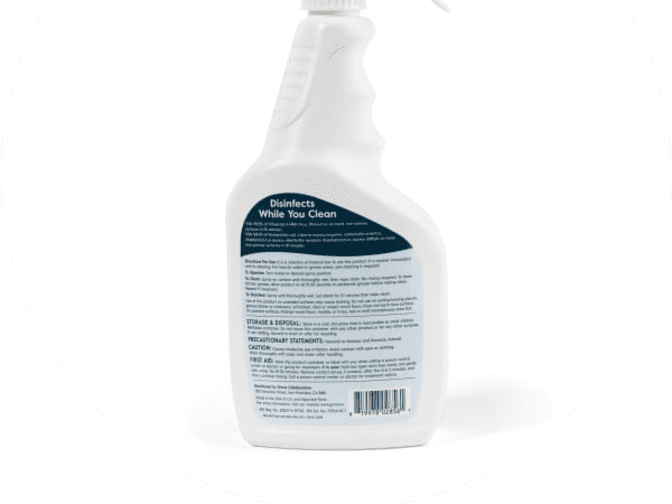
One way to identify quality natural cleaning solutions is to look at terms on the label, such as “unscented,” “free of…,” “biodegradable,” and “nontoxic.” Although these terms, like “natural,” are unregulated, they’re far more specific, and consumer protection laws apply to claims made on labels.
The Federal Trade Commission’s Green Guides help brands and their marketers understand how they can qualify their claims to avoid being deceptive.
Learn more about how deceptive companies are actually greenwashing their products and their marketing to seem more eco-friendly.
These green guides are also very helpful for consumers, who can use them to better understand what label claims really mean. For example, “free-of” claims are considered deceptive if an alternate substance with the same or similar health or environmental risks is present in the product instead of the bad ingredients it's stating it is free of.
Another way to determine whether a product is truly natural, nontoxic, or cruelty-free is to look for third-party certifications. Certifications signify that a product has been thoroughly tested and found to meet rigorous industry standards for things like environmental impact, chemicals used, and sustainability of packaging.

The UL Environment’s ECOLOGO certification specifies criteria for safer chemicals, recyclable materials, and a low environmental impact. It ensures all chemicals in the product are nontoxic to humans.
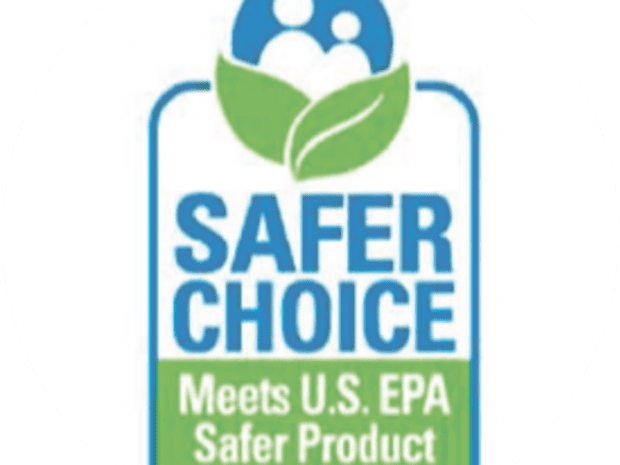
The EPA’s Safer Choice certification tells consumers that every ingredient in a product is one of the safest in its class for humans and the environment, based on the EPA’s standards.
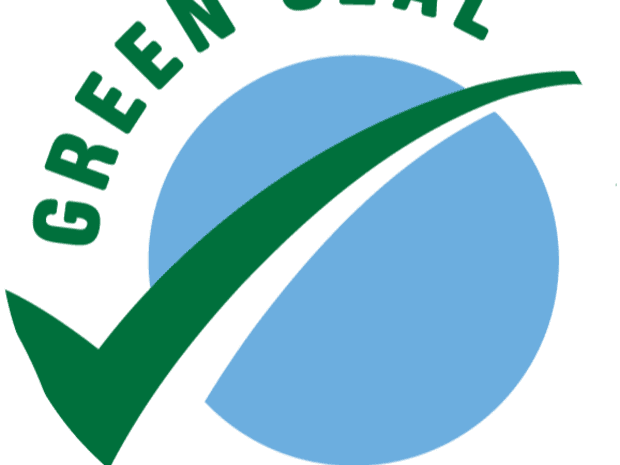
Green Seal certification is for cleaning products sold in concentrated form. The standards prohibit harmful chemicals and require sustainable packaging.

Leaping Bunny certification ensures a product contains no ingredients that have been tested on animals and that the company who makes it is in no way involved in animal testing.
Conventional cleaning products often contain a large number of potentially harmful chemicals that are volatile, which means that without any prompting, they evaporate from a liquid to a gas when they’re exposed to air.
These volatile organic compounds, or VOCs, can do significant damage to the human body and the environment. The Environmental Protection Agency (EPA) cites studies that show VOC levels in the average home are up to five times higher than outside, in large part due to the chemical cleaners we use around the house.
Here are potentially problematic ingredients that are likely in those cleaners:
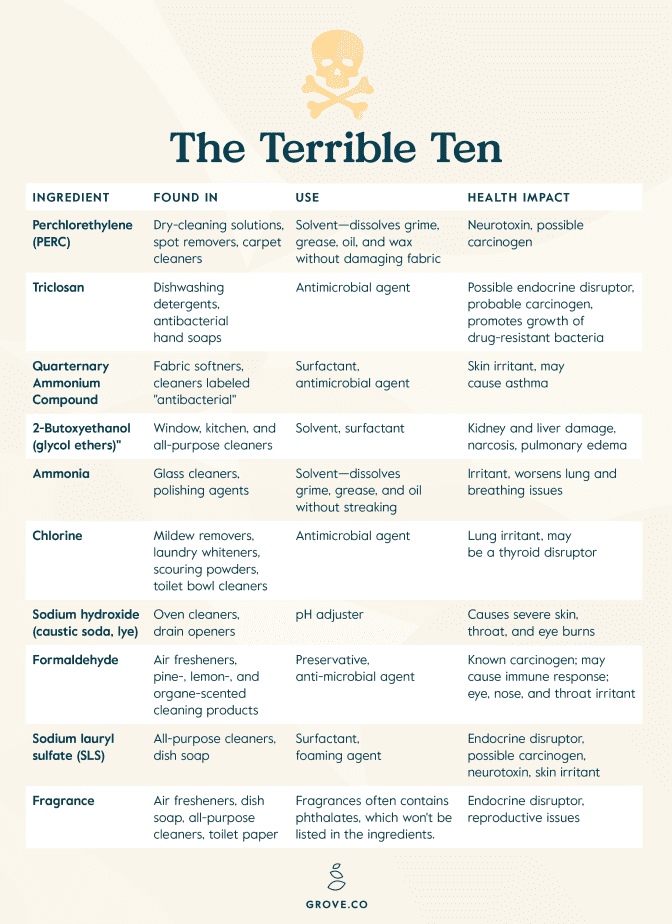
Grove Sustainability Tip
Cleaning chemicals end up in the water supply when they’re sent down the drain. According to the EPA, wastewater facilities only treat organic materials, not hazardous chemicals, which end up in local rivers, lakes, and coastal waters — and the aquatic life that lives there.
Switching from conventional cleaners to their natural counterparts doesn’t have to be confusing or stressful. In fact, the switch can happen over time. Relax, take your time, and enjoy the process of finding wonderful new products that smell great and feel good to buy.
Here are four ways to start the switch:
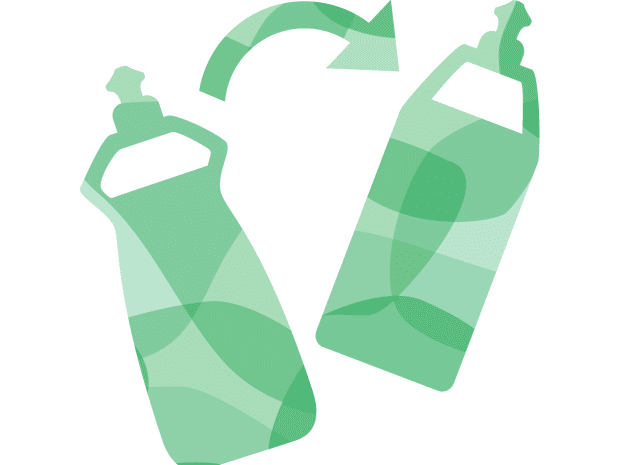
Pick one or two natural products to try each month, and spend some time really getting to know them.
Decide if the products live up to your expectations. If they do, you’ve made the switch! If something doesn’t work the way you thought it would, try something else next time.
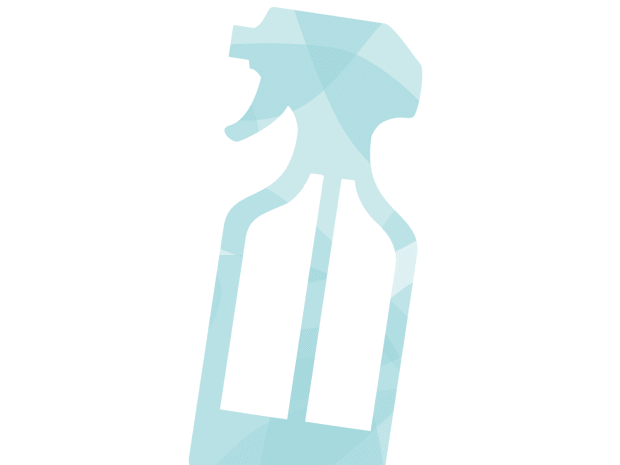
Whenever you run out of a cleaning product, go natural when you stock up again.
Spend a little time perusing what’s out there and reading up on what other people like. By the time you’re ready for a refill, you’ll know if the product is for you. If it is, keep buying it! If not, keep looking.

You may have a health condition that warrants replacing cleaners that cause lung irritants or which may be linked to cancer.
If you’re trying to avoid certain chemicals, suss out the cleaners in your cupboard that contain them. Replace those products with safer alternatives.
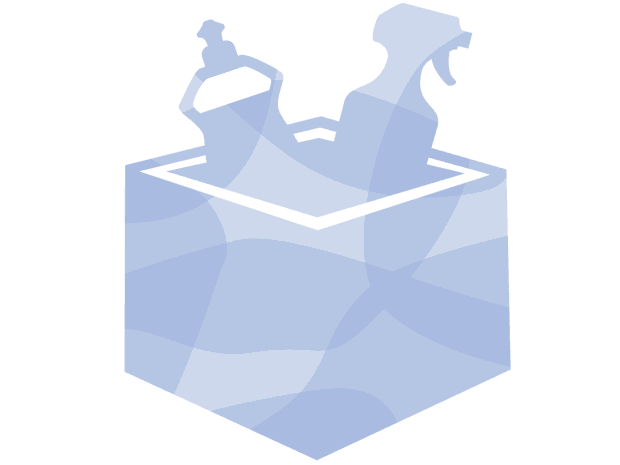
If you’re ready, make a complete list of the cleaners you use. Head to a large retailer with a big selection, or better yet, order a Grove box of our best sellers with everything you need.
When your new natural cleaners arrive, put the old ones in a box and donate them.

The best natural cleaning products
Getting started is always the hard part. At Grove, our overarching aim is to make choosing natural products easier and to provide more choices than the one or two typically offered in big-box stores. Here, we’ve gathered the top 20 natural cleaning products from our site that Grove members have reviewed and highly rated to get you going.
In some instances, you may feel like natural cleaners don’t perform quite like your old conventional products. For example, a natural dishwashing liquid may not be as powerful against cooking grease as the famous product used to degrease animals after an oil spill.
Sometimes, you may need to scour a little harder or scrub a little longer to get the best results, but the energy you expend in elbow grease, you make up for in clean air — and muscle tone!
Green brands tend to give a portion of their profits to organizations and initiatives that educate, advocate, and support a clean environment. Grove Collaborative and many of the brands we partner with are Certified B Corporations, which are companies that balance profit with purpose, using their power, platform, and pocketbook as a global force for good.
Most authentic natural or eco-friendly cleaners come in packaging that’s sustainably sourced and biodegradable, compostable, or recyclable. Concentrated formulas usually come in smaller containers, and some companies sell refills that will fill your original container two or three times, which reduces waste and saves you a little money.
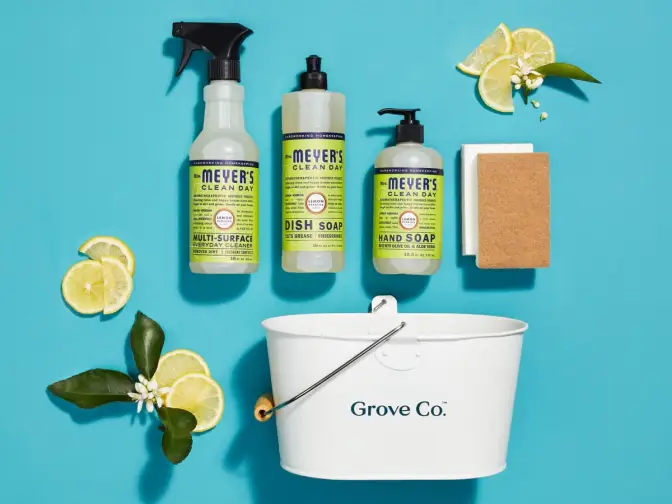
Wondering who Grove is, what types of products we offer, and how to get a free gift set when you sign up? Learn more about flexible monthly shipments, customizing your shipment, and joining millions of happy households — no monthly fees or commitments required.
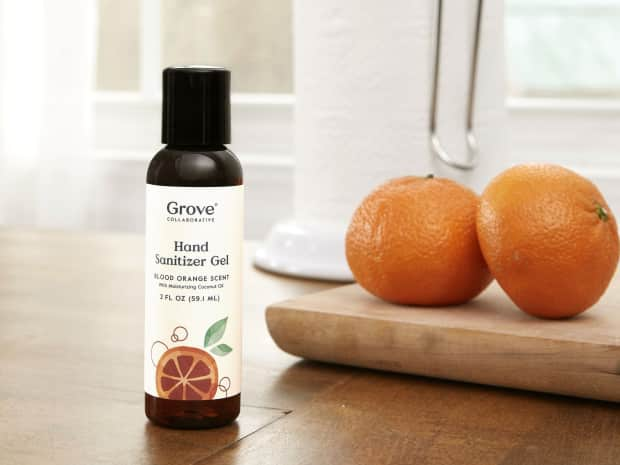
How can you tell if you're using the right products to keep germs at bay? Learn about the difference between sanitizing and disinfecting from our team at Grove.

Need a quick refresher on how long those leftovers are safe to eat? Keep reading to learn more about the right ways to store leftovers and the best food storage options for food freshness and convenience.
Grove writer, Carly Reynolds, discovered three durable and sustainable food storage solutions that will help you minimize waste while maintaining convenience. But which one was her favorite?
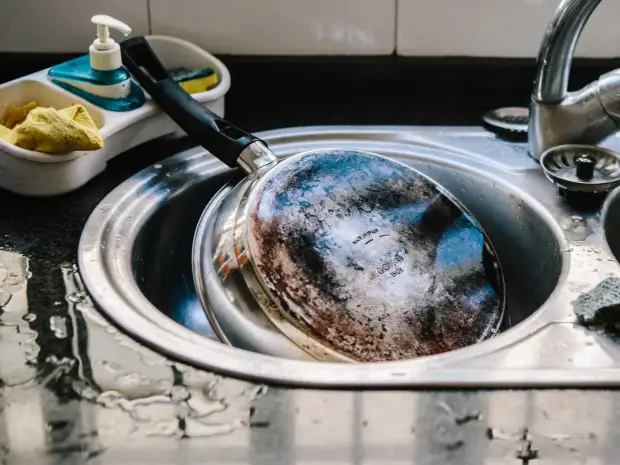
Never Google “how to get burnt pans” again. Grove writer Mackenzie Sanford tried grab green Cookware and Bakeware Cleaning Pods on a few tough culinary messes, and she’s here to tell you all about it — with pictures!